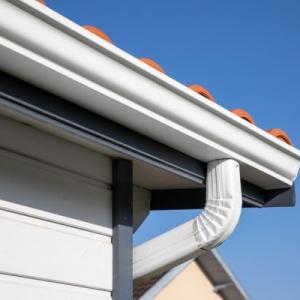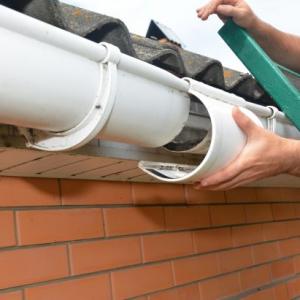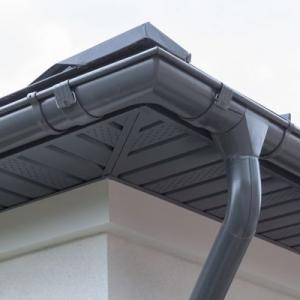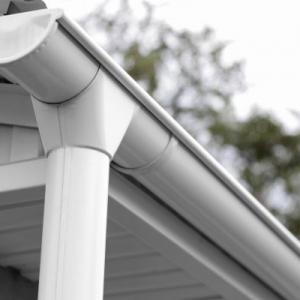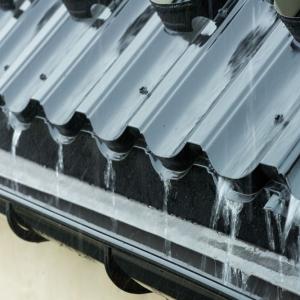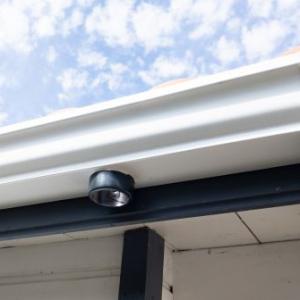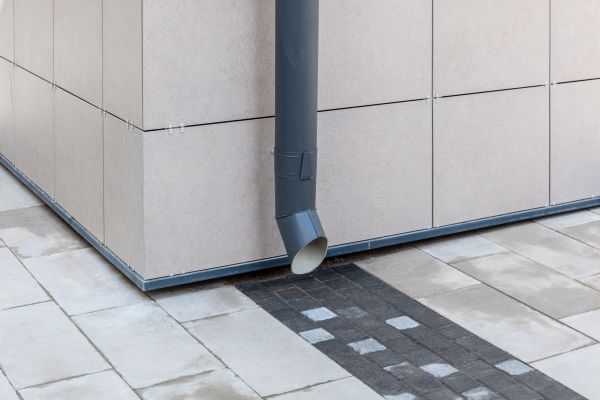
Downspout Installation: Bloomington
Downspout Installation in Bloomington
Get help with Downspout Installation in Bloomington. Fill out the form above and we will connect you with local Bloomington pros. Installing downspouts offers numerous advantages for homeowners. Firstly, downspout installation helps to effectively manage rainwater runoff from the roof, preventing potential water damage to the foundation of the house. By directing the water away from the building, it minimizes the risk of basement flooding and soil erosion. Additionally, downspouts aid in maintaining the structural integrity of the property by reducing the chances of water seeping into the walls and causing mold growth. Properly installed downspouts also contribute to the overall aesthetic appeal of the house, as they can be seamlessly integrated into the existing exterior design. With downspout installation, homeowners can enjoy peace of mind knowing that their property is well-protected from the potential hazards associated with uncontrolled rainwater runoff.Downspout Installation FAQ
Q: How Do I Determine The Correct Placement For Downspouts On My Property?
Answer: To determine the correct placement for downspouts on your property, consider the following factors: 1. Roof size and slope: Install downspouts at regular intervals along the roof edge, with additional downspouts for larger roofs or steeper slopes. 2. Rainfall intensity: Place downspouts where rainwater runoff is concentrated, such as valleys or areas prone to heavy rainfall. 3. Distance from foundation: Position downspouts at least 6 feet away from the foundation to prevent water damage. 4. Terrain and landscaping: Take into account the natural flow of water and any existing landscaping features that may affect drainage. 5. Local building codes: Ensure compliance with any local regulations or guidelines regarding downspout placement. Consulting with a professional or conducting a site evaluation can also provide valuable insights for determining the ideal placement of downspouts on your property.Q: What Are The Key Factors To Consider When Choosing The Size Of Downspouts For My Home?
Answer: The key factors to consider when choosing the size of downspouts for your home include the average rainfall in your area, the size of your roof, and the slope of your gutters.Q: What Are Some Common Mistakes To Avoid During Downspout Installation?
Answer: Some common mistakes to avoid during downspout installation include improper slope, inadequate number of downspouts, improper positioning, insufficient anchoring, and failing to extend the downspouts away from the foundation.Q: Are There Any Specific Maintenance Tasks Or Precautions I Should Take After Installing Downspouts?
Answer: Yes, there are specific maintenance tasks and precautions to take after installing downspouts. Regularly inspect and clean the downspouts to remove any debris or blockages. Ensure that the downspouts are securely attached to the gutters and the ground. Additionally, consider installing splash blocks or extensions to direct water away from the foundation of your home.Downspout installation refers to the process of fitting and attaching downspouts to a building's gutter system. Downspouts are vertical pipes that collect rainwater from the gutters and direct it away from the foundation of the structure. This installation is crucial for proper drainage and preventing water damage to the building's foundation, walls, and landscaping. A downspout installation typically involves measuring and cutting the downspout pipes to the appropriate length, attaching elbows or bends to redirect the flow, and securing the downspouts to the exterior of the building using brackets or straps. It is important to ensure that downspouts are installed at the correct angles to facilitate efficient water flow. Proper downspout installation helps to protect the integrity of the building and maintain its structural stability.
